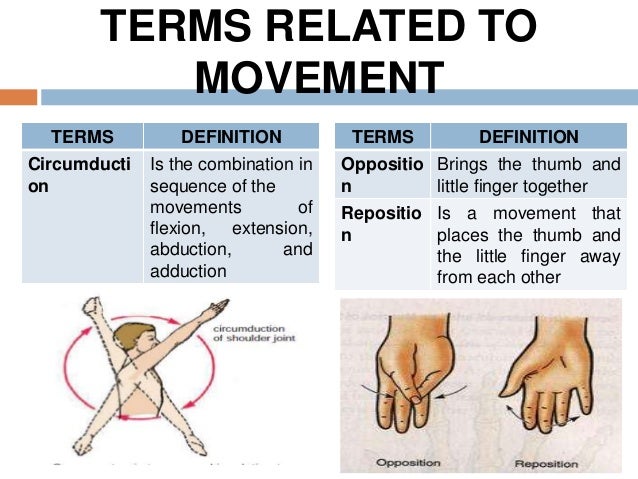

8– 11 Therefore, the translational and rotational laxity of the GH joint may be useful for determining the resting position in vivo. For the GH joint, the most common mobility or laxity tests used in the clinical setting are related to the assessment of anterior, posterior, or inferior instability and the ROM for internal rotation (IR) or external rotation (ER). Because the evaluation of GH joint mobility usually includes both accessory (humeral head translation) and physiological (ROM) joint mobility, 6, 7 many translational or laxity tests and angular mobility tests are potentially useful clinically for the determination of the resting position. The resting position is generally considered to be the position of maximal mobility. These methods were based not on experimental studies but on clinical experience and anecdotal information.

2, 4, 5 Despite frequent use in clinics, there is no specific rationale for the methods currently used for determining the resting position of the GH joint. 2, 4, 5 Because the resting position allows joint surface movements such as glide, roll, and spin to occur easily, it is frequently chosen as one of the positions for the initial evaluation and early treatment of a painful and inflammatory joint or a joint with hypomobility or hypermobility. For the in vivo glenohumeral (GH) joint, the resting position is generally considered to be located at a position in neutral rotation between 55 and 70 degrees of shoulder abduction with respect to the trunk in the plane of the scapula (commonly defined as the plane 30° anterior to the frontal plane).
#Abduction definition anatomy full
3– 5 Clinically, the resting position of a joint is usually considered to be a single position and to be located in the middle of its full range of motion (ROM). 1– 4 It is also called the “maximal loosely packed position” or “loosely packed position” as opposed to the “closely packed position.” 4, 5 The resting position also is regarded as the position of minimal congruence between joint surfaces allowing the greatest passive separation between articular surfaces. The resting position is the position of a joint in which the joint tissues are under the least amount of stress and in which the joint capsule has its greatest laxity.


 0 kommentar(er)
0 kommentar(er)
